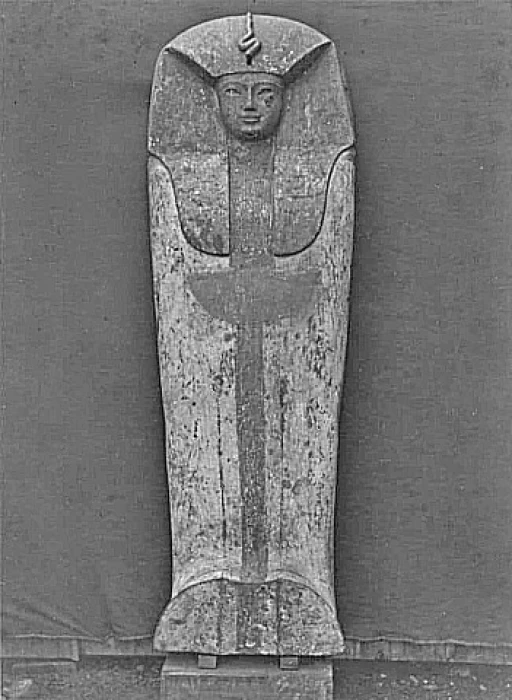
The Death of King Seqenenre Tao
The Death of King Seqenenre Tao
Seqenenre was a king of the 17th dynasty. He is called Taâ II by Manethon. He was “King” of Thebes. He was probably the son of Senakhtenre (or Taâ I) and Queen Tetishery (or Tetishéri). It should be stressed, however, that this lineage remains unconfirmed to this day. The name of Seqenenre is mentioned at Karnak, Deir el-Bahari and in numerous tombs of Theban nobles.
The stele erected by his son Ahmes I (or Ahmôsis, 1549-1525/24), in the temple at Karnak, gives us the full civil status of his mother Iâh-Hotep I (or Ahhotep I), Great Royal Wife of Séqénenrê: “Wife of the King (Séqénenrê), the sovereign's sister, (Kamosé Séqénenrê ? ), the King's daughter (Sénakhtenrê), the King's august mother (Ahmès I). Based on the interpretation of these and other titles, it is now increasingly believed that Séqénenrê was Kamosé's brother, his successor, and not his father, as some still maintain.
Because of its indigenous origins, the 17th dynasty led the uprising against the invaders. Séqénenrê is credited with starting the movement to liberate the country from the Hyksos, which was only completed by his son Ahmès I (or Ahmôsis). He was a contemporary of the Hyksos king Apopi I (1581-1541) of the 15th dynasty, who led him into a war in which he was killed, although no contemporary sources are known to confirm this. Only the Sallier papyrus, unfortunately fragmentary and dating from the end of the New Kingdom (1549-1080), describes this conflict between the two kings.
The story of the war against the Hyksos, as recounted in the Sallier papyrus, is clearly not a very reliable historical source, being closer to fiction. However, its existence means that popular memory had preserved traces of a conflict between Séqénenrê and the Hyksôs. Literary tradition claims that it was Seqenenre who came into contact with his northern Hyksos contemporary, Apopi I.
This tradition took the form of a tale recopied on the Sallier papyrus and entitled “La querelle d'Apopi I et de Séqénenrê” (The quarrel between Apopi I and Seqenenre), now in the British Museum. Unfortunately, it has come down to us in very fragmentary form. The text relates a curious exchange between the Hyksôs king ruling from the Delta city of Avaris and the king of Thebes.
Apopi I asks Seqenenre to chase the hippos away from his pond, as their noise bothers him and prevents him from sleeping at night. Given the distance between Avaris and Thebes, this message can only have a symbolic meaning. Apopi I's aim was surely to make Seqenenre understand that he was his vassal.
According to Gaston Maspero, the conclusion of this story is that Seqenenre, after hesitating for a long time, managed to get out of the awkward dilemma in which his powerful rival was trying to trap him, by declaring war on him. The significance of Seqenenre's death in battle can be interpreted in one of two ways: either Seqenenre tried to reconquer the North, but died in battle, or he himself was attacked and defeated.














